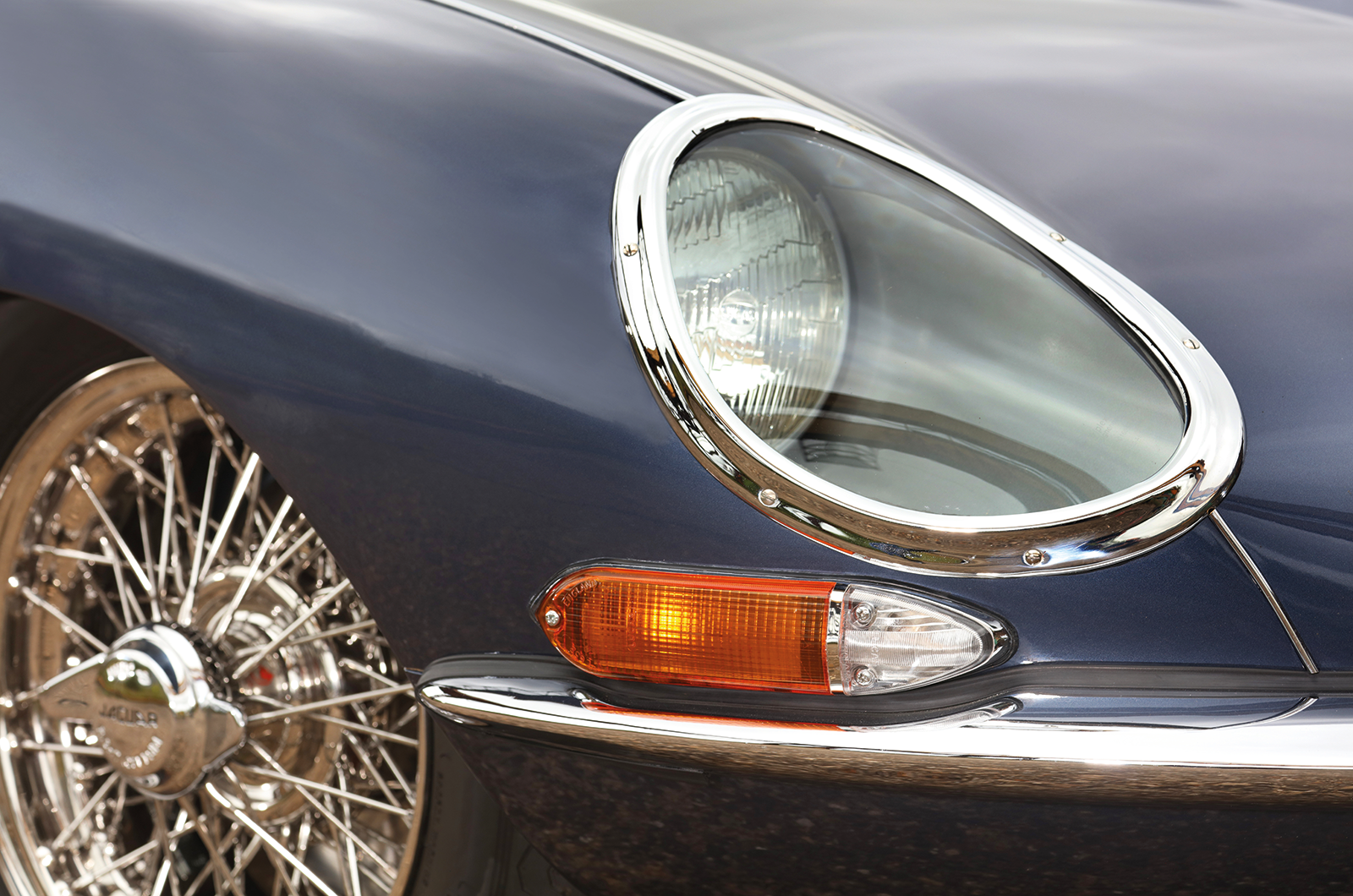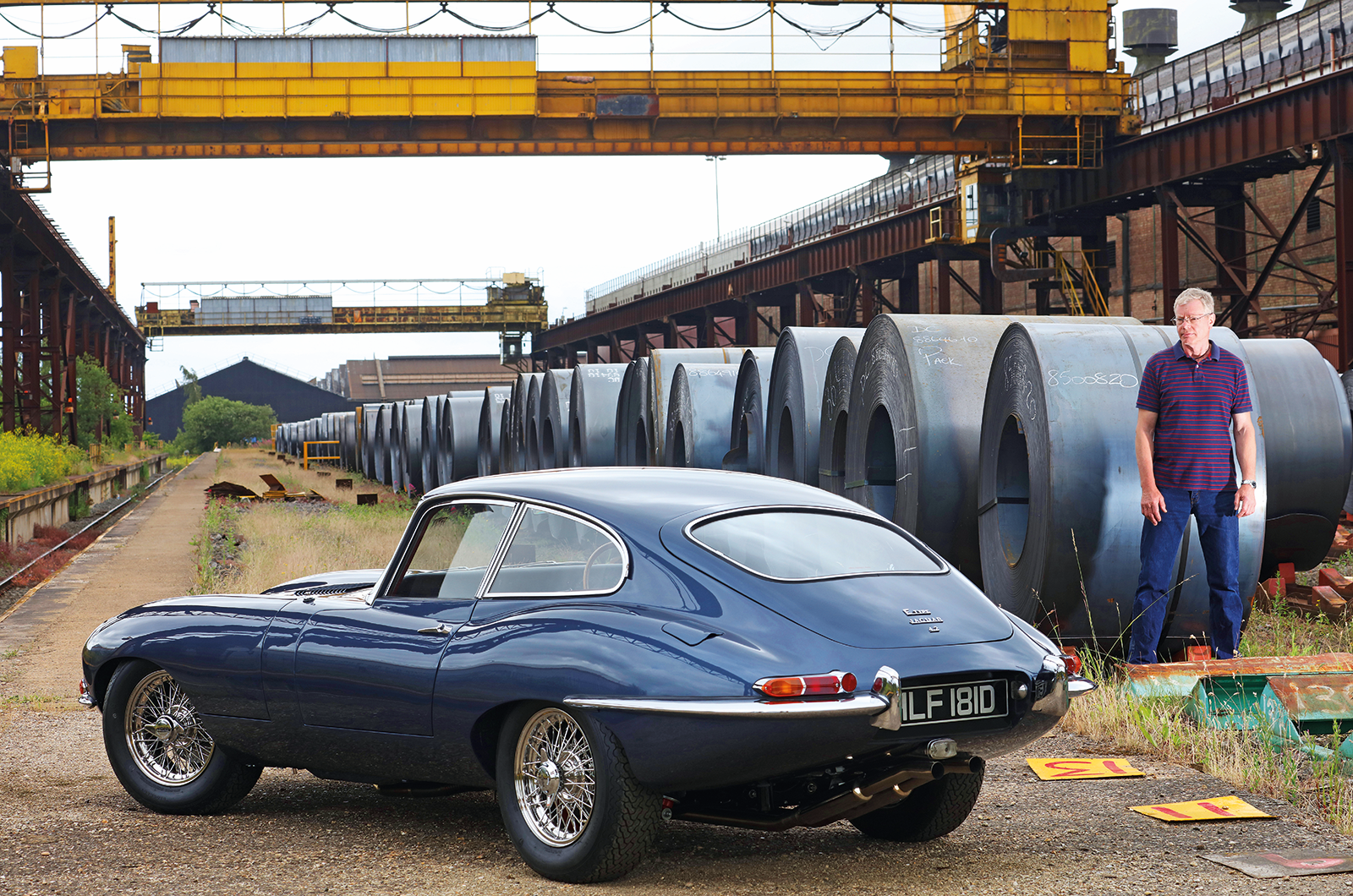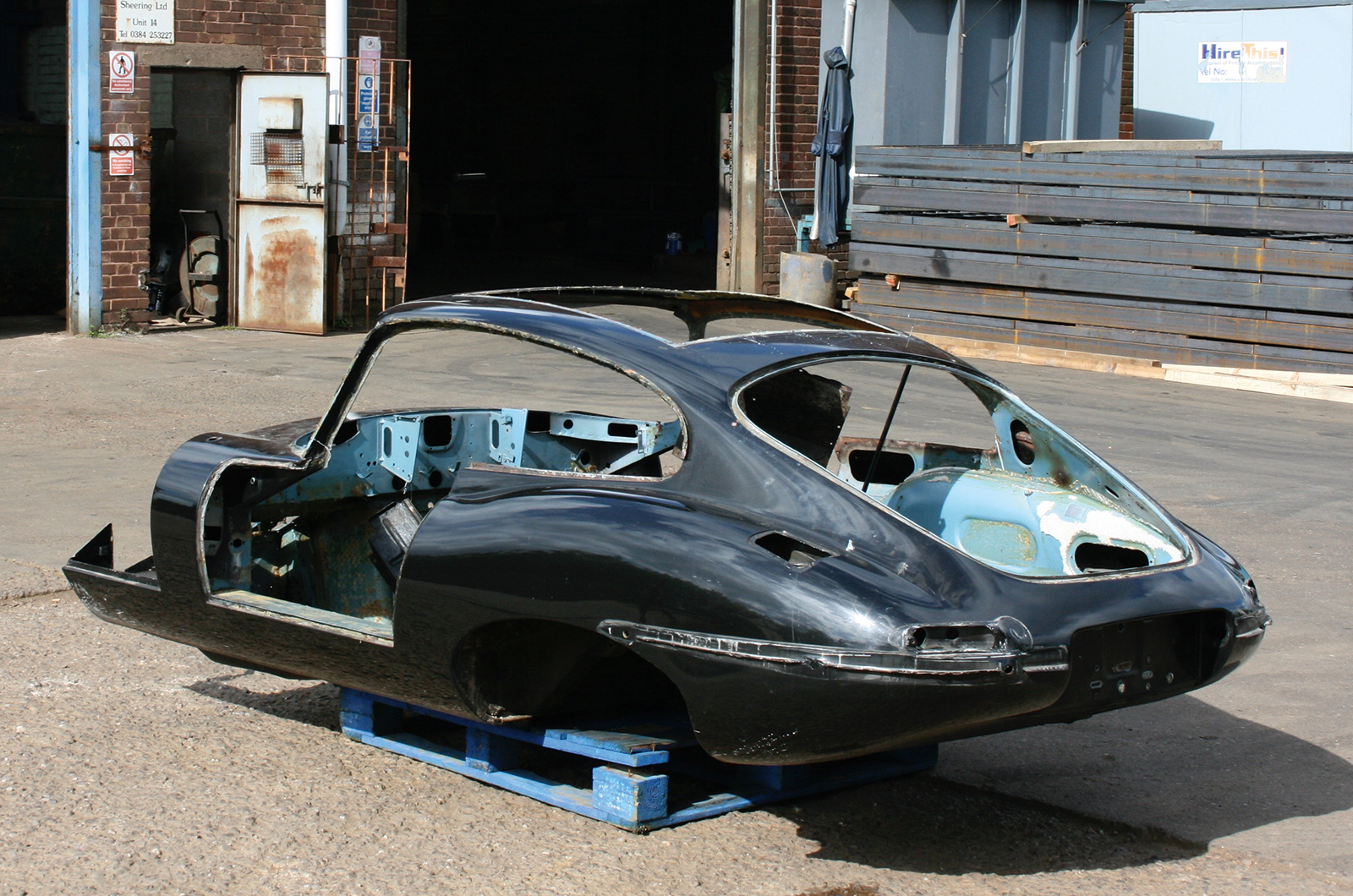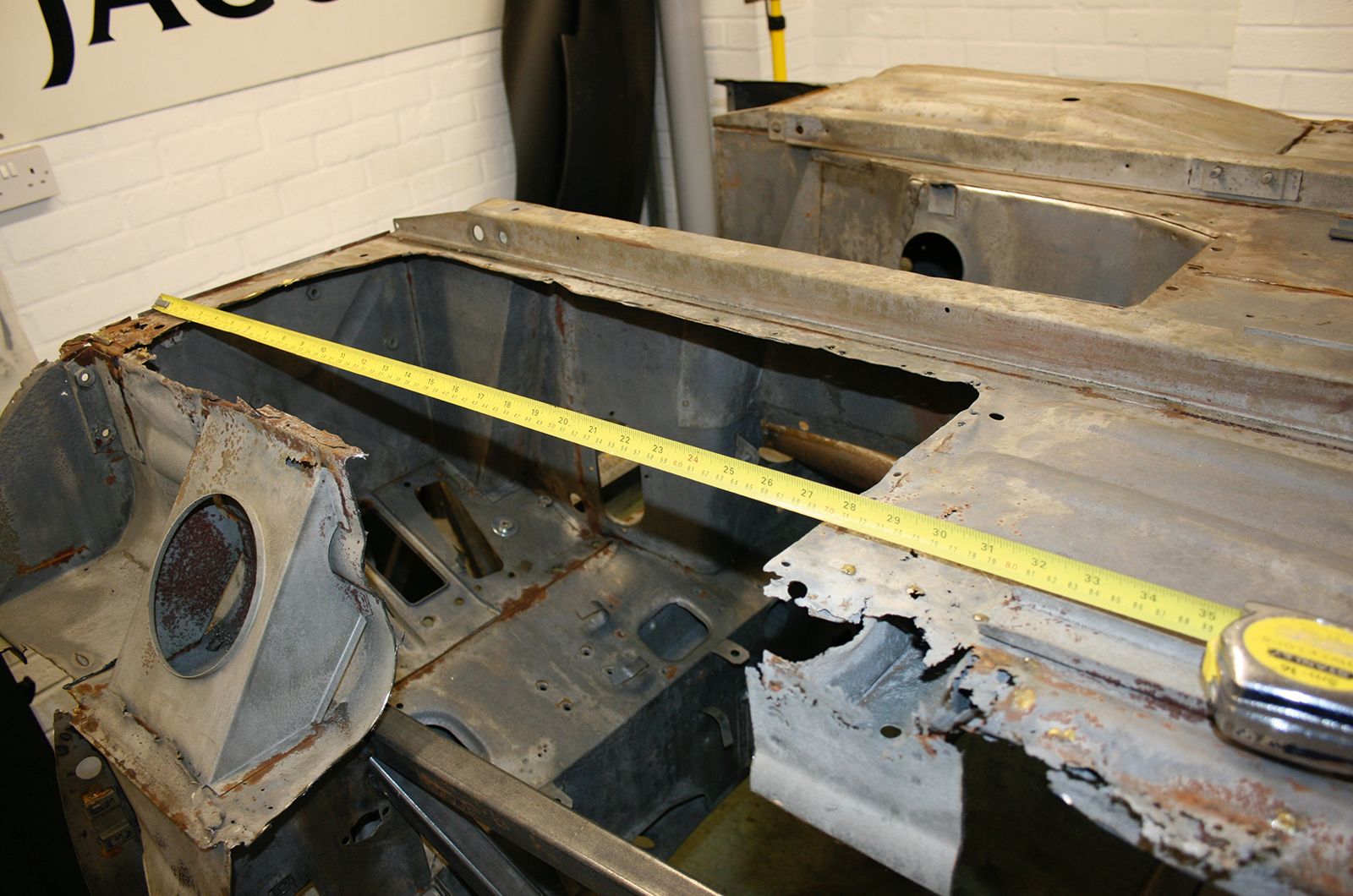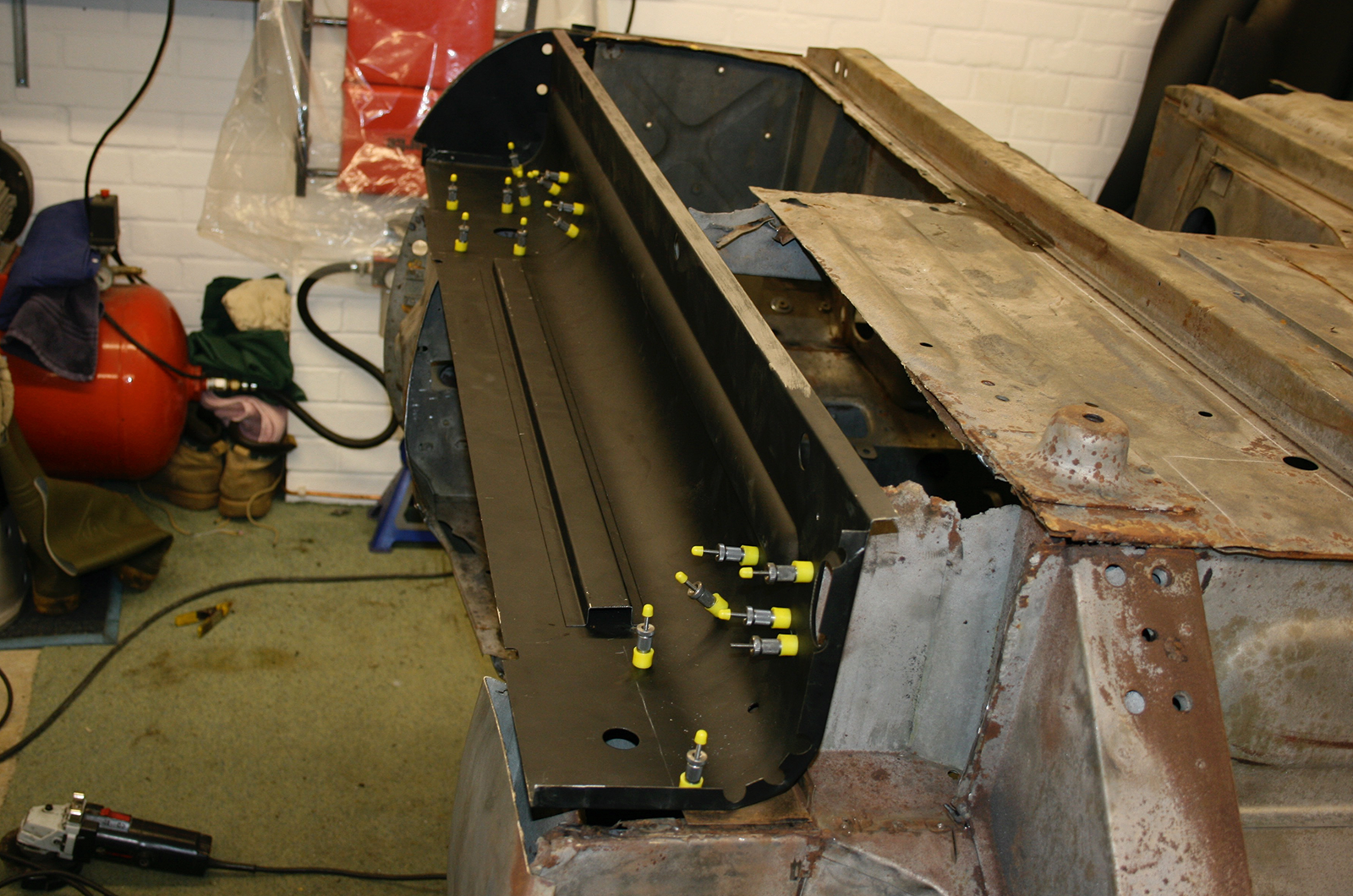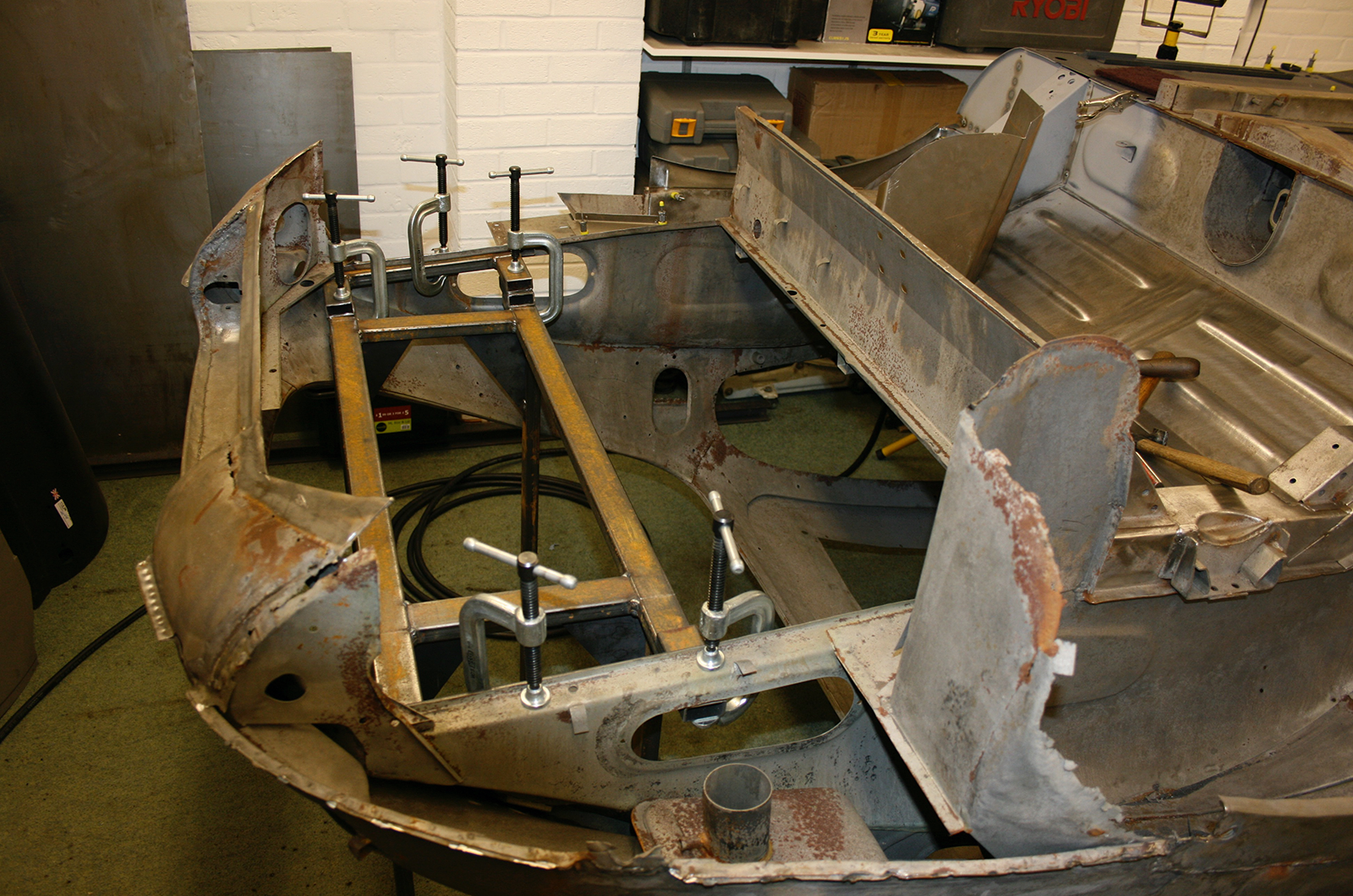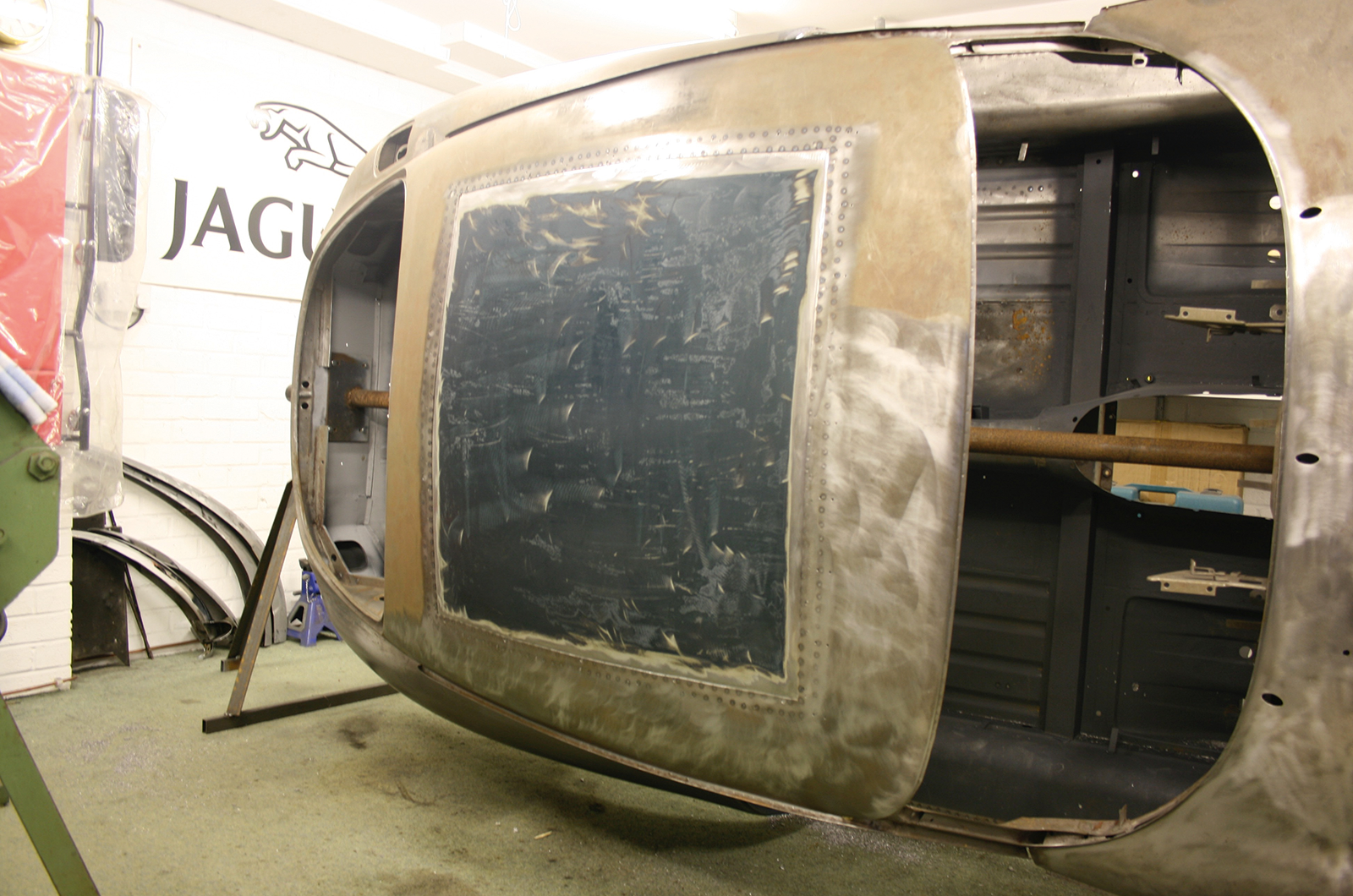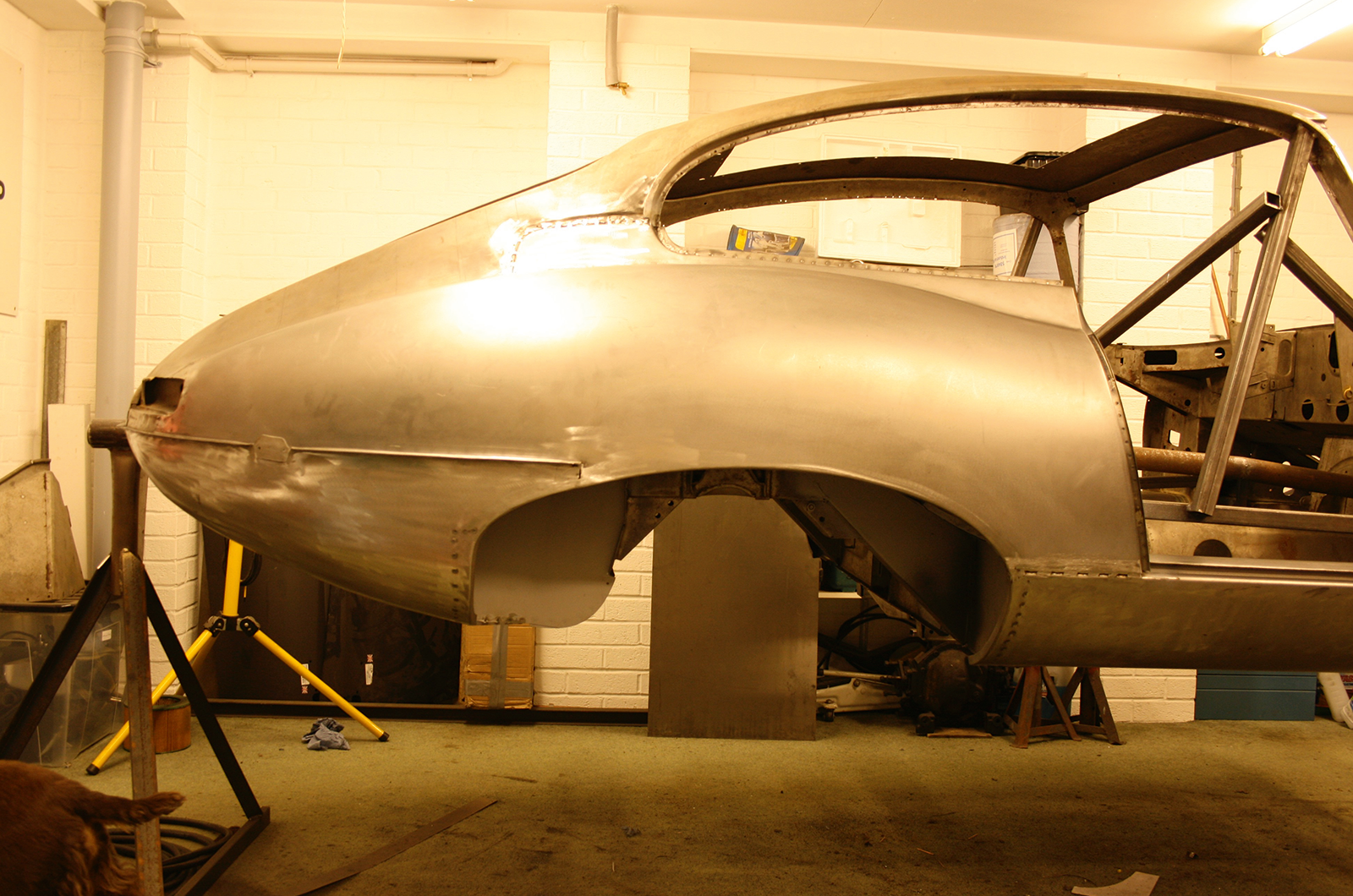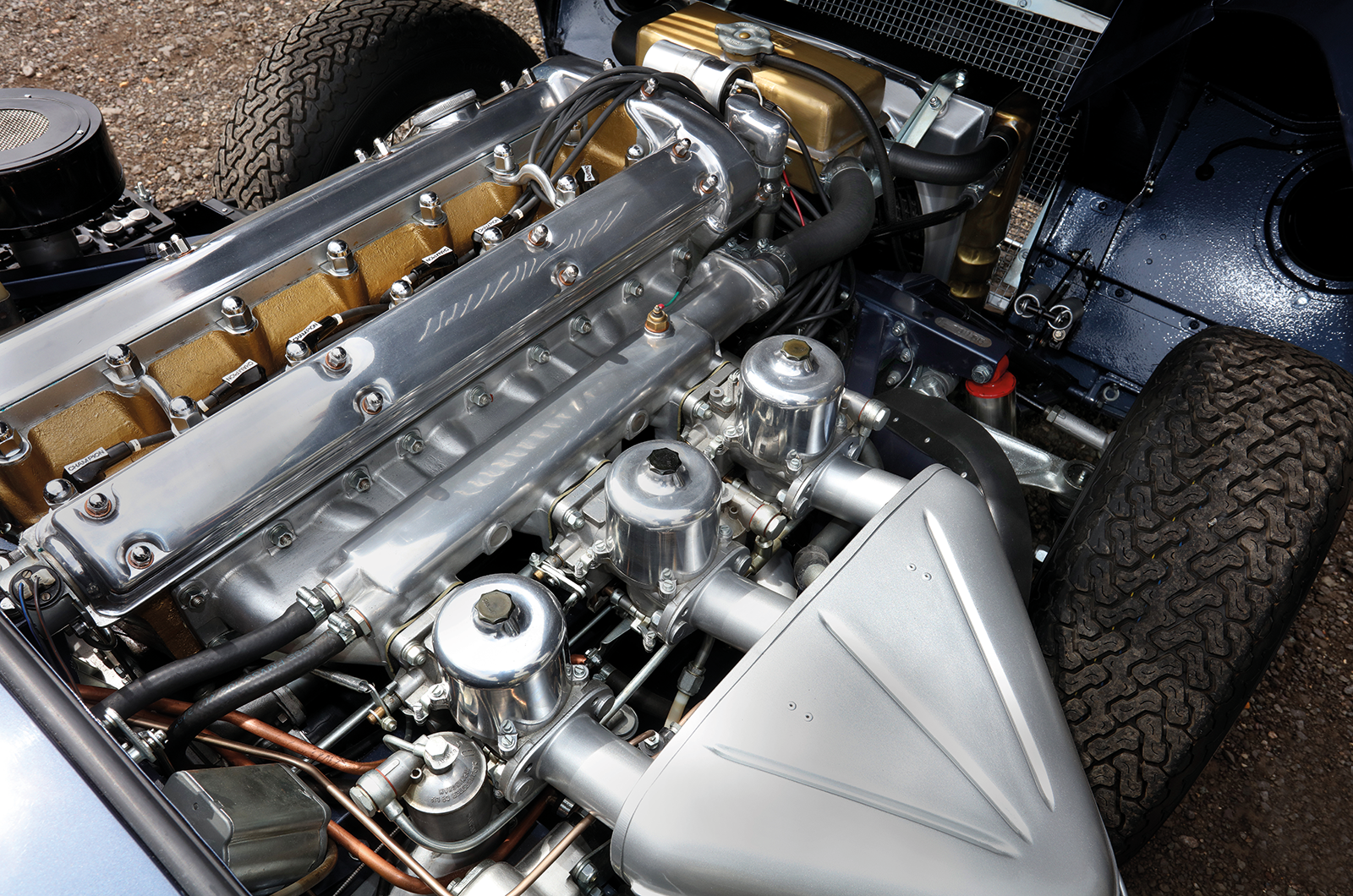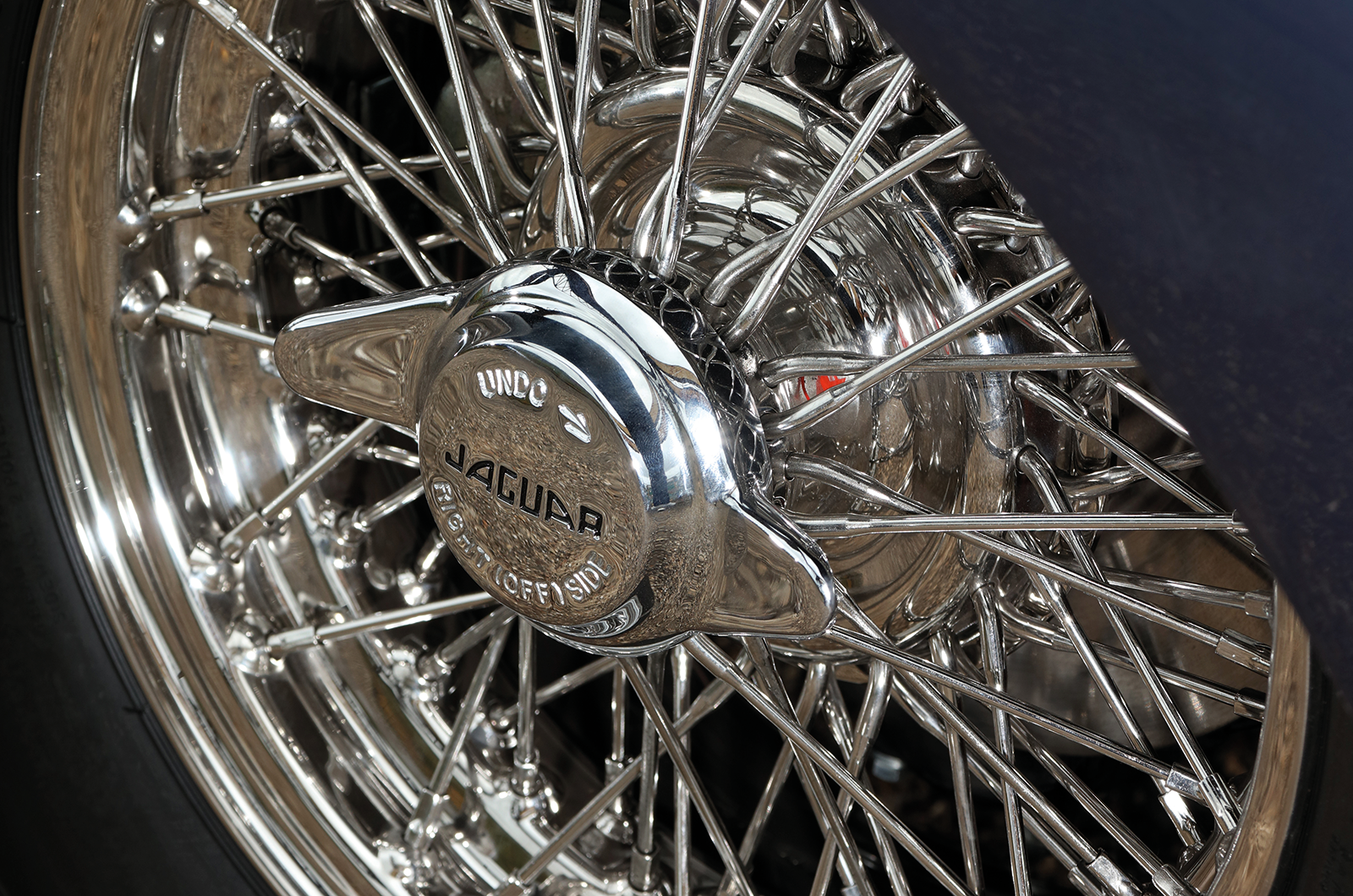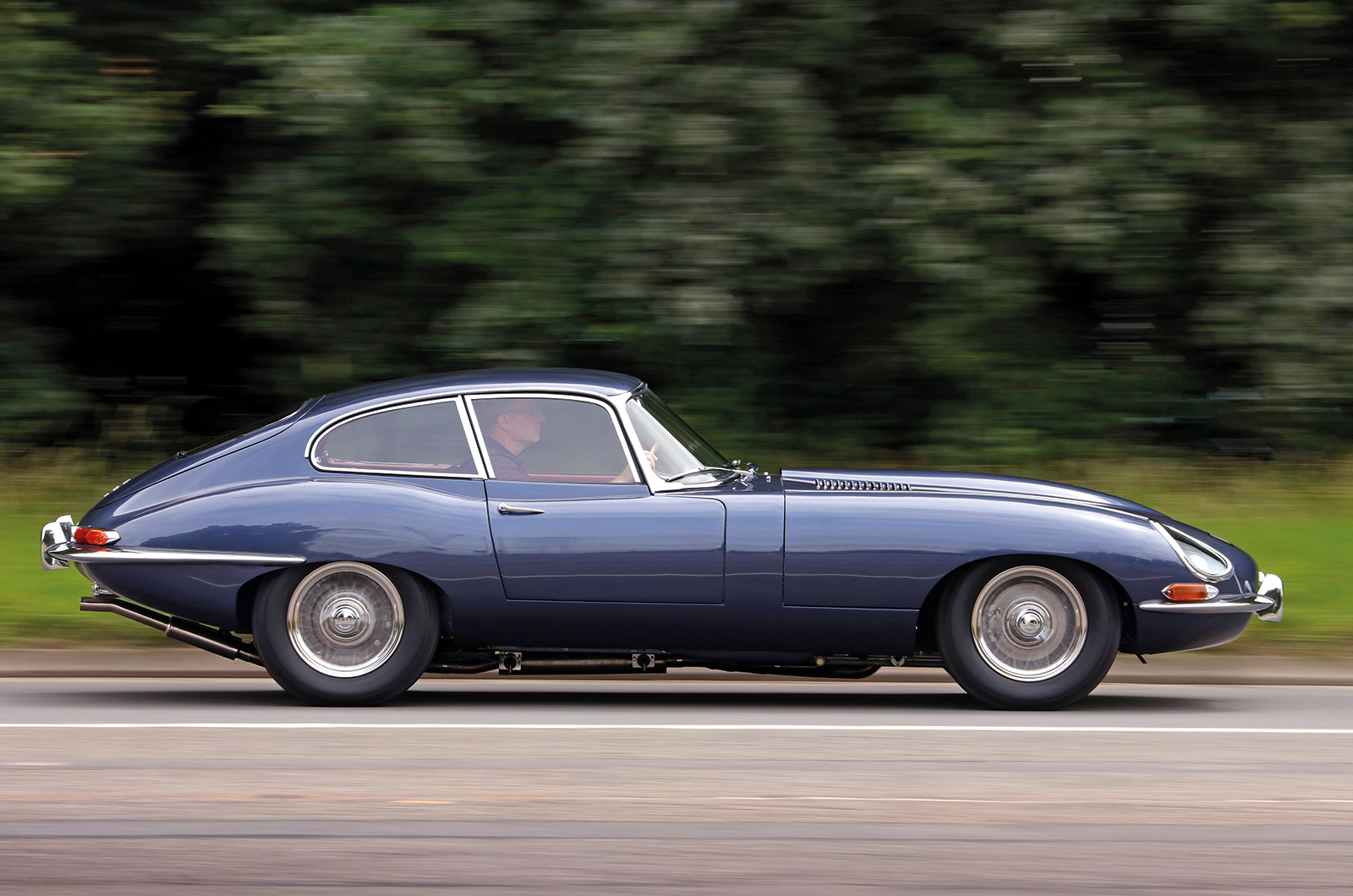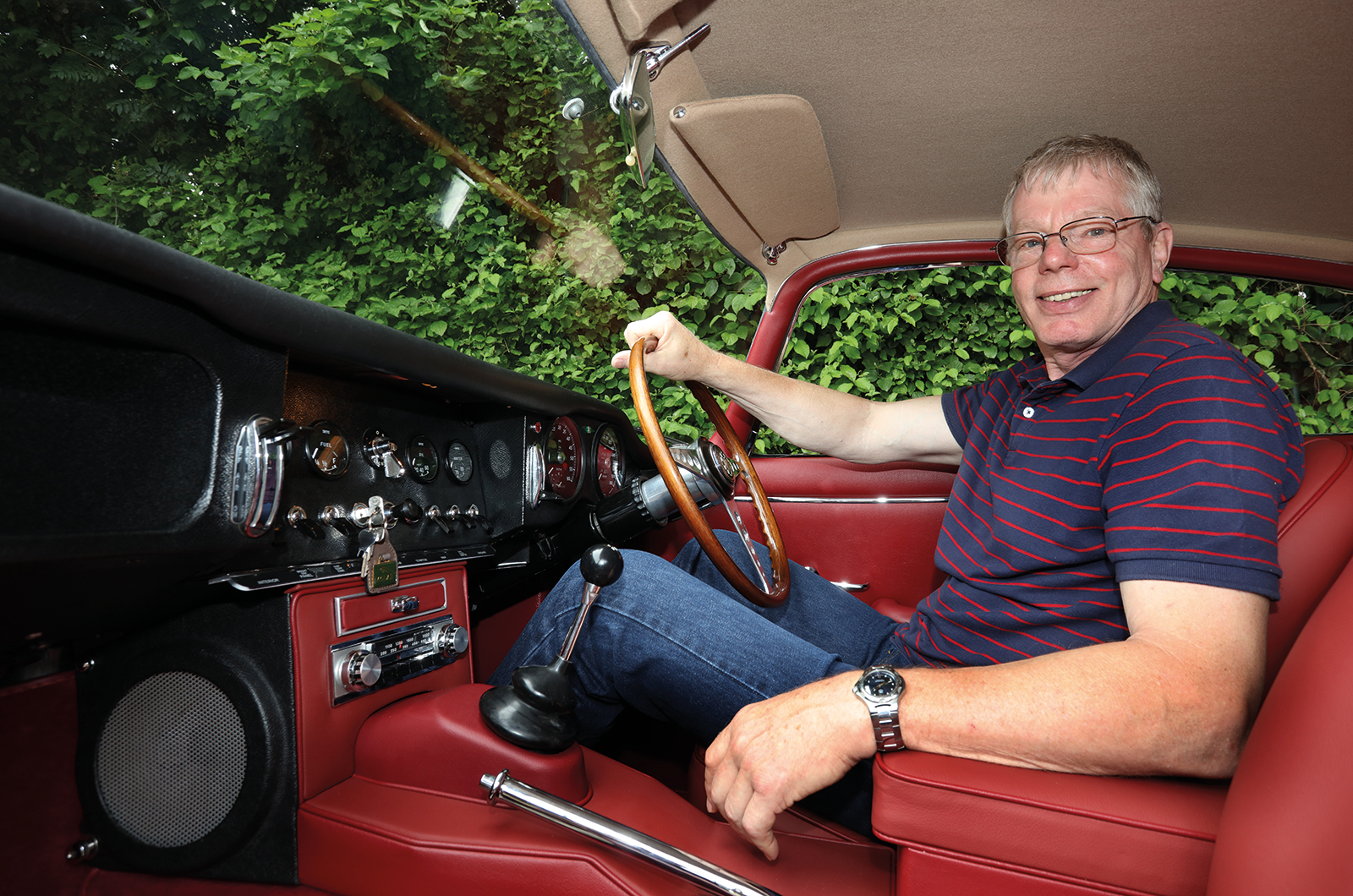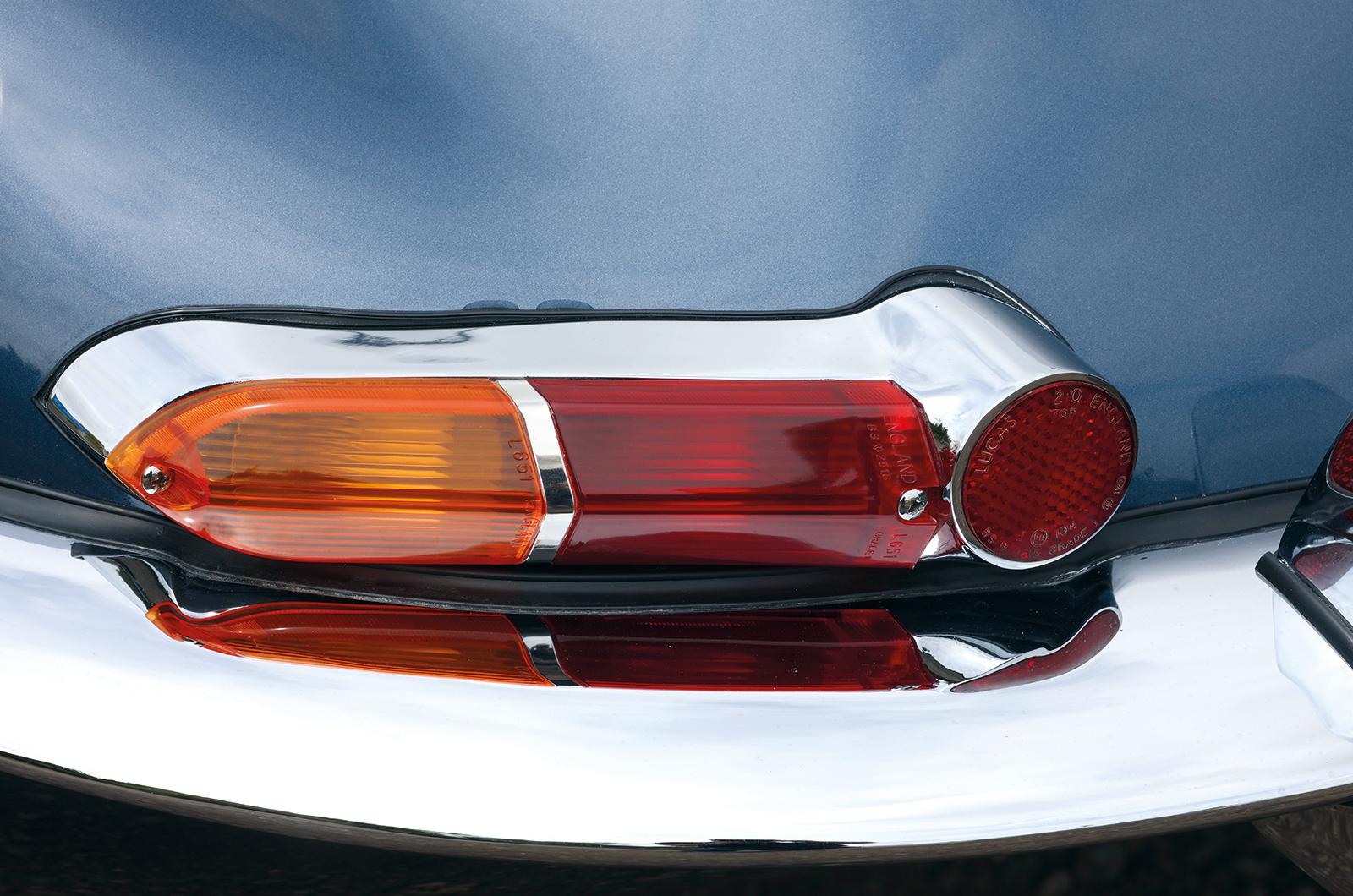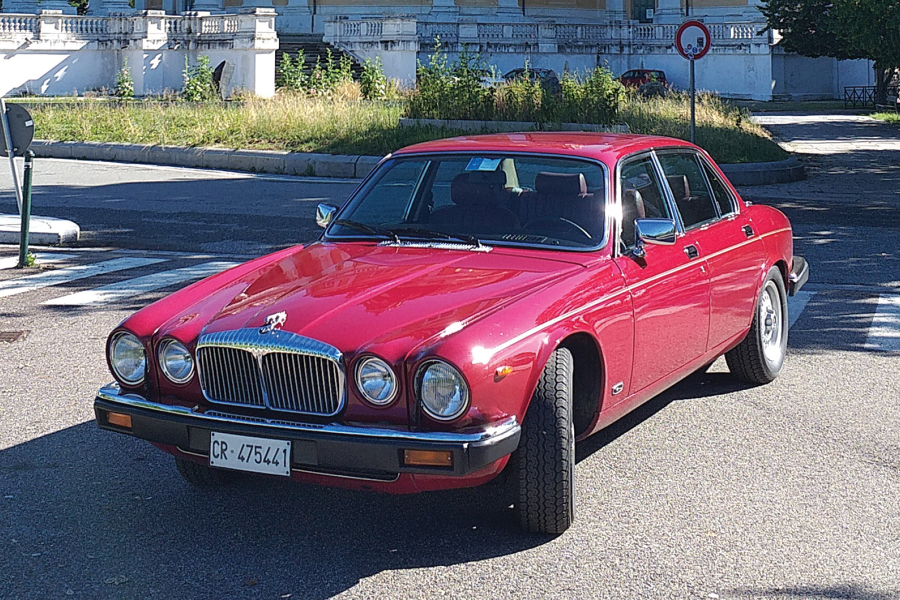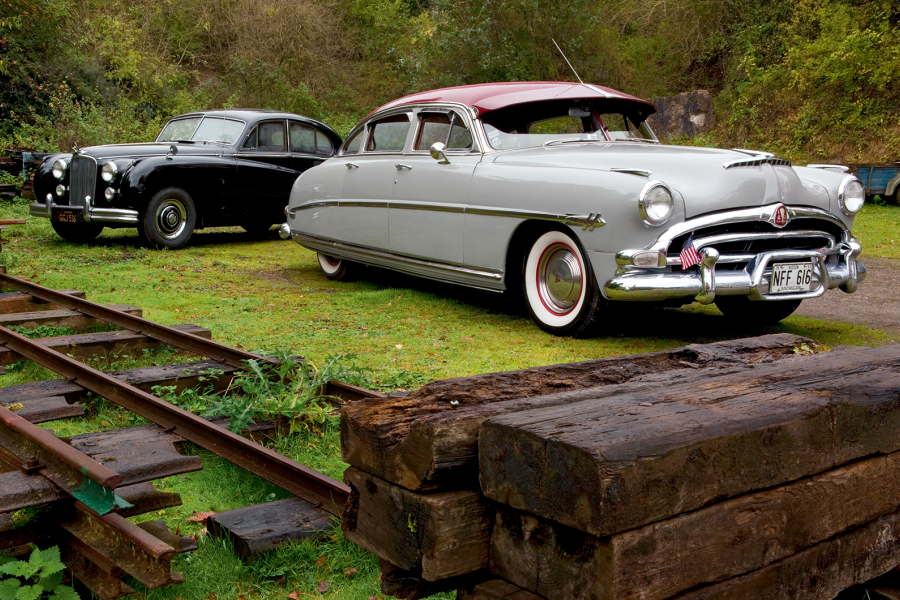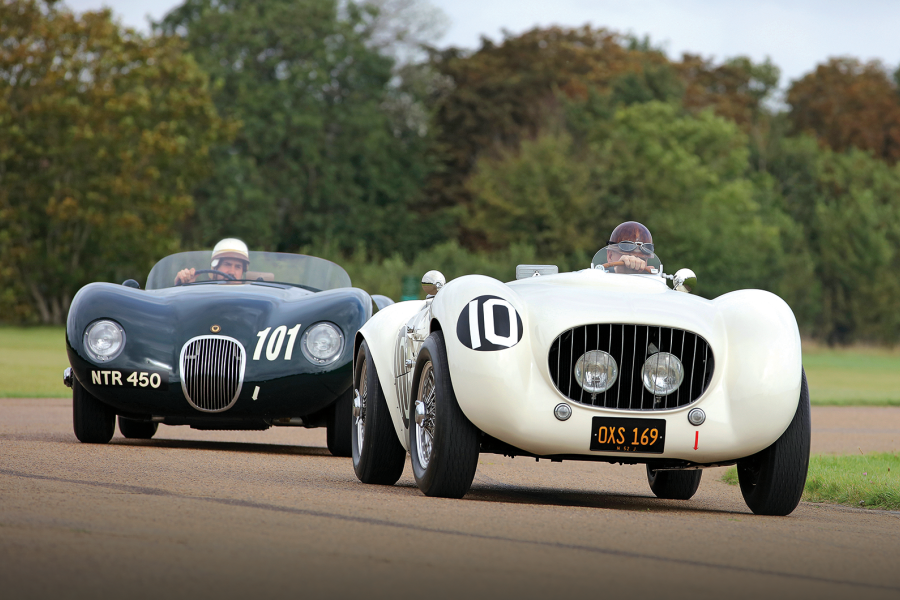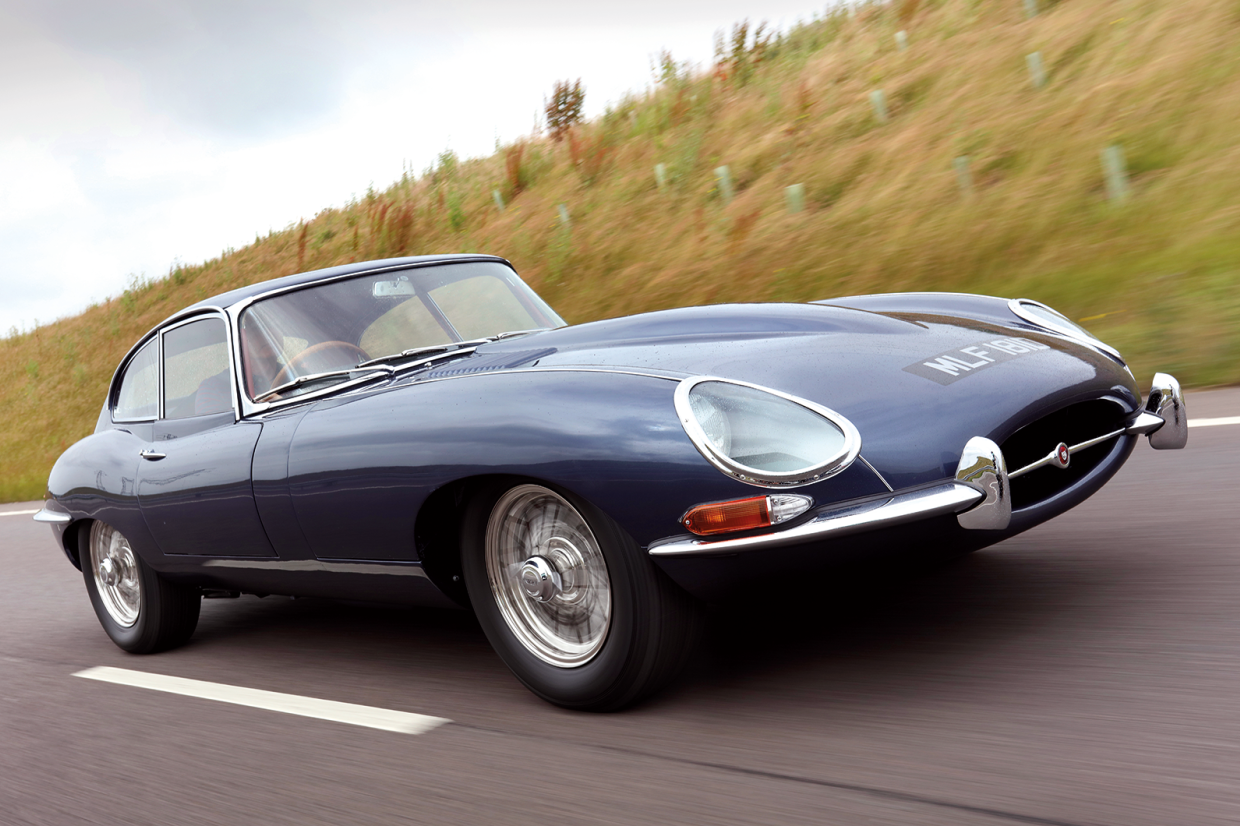
You’d never know that there was a Ford Ka roof panel where the Webasto used to be.
Or that the owner who restored this Jaguar E-type was learning all the way.
A solid grounding in engineering – his company made irrigation systems – and a previous life as a mechanic with the McLaren Formula One team helped.
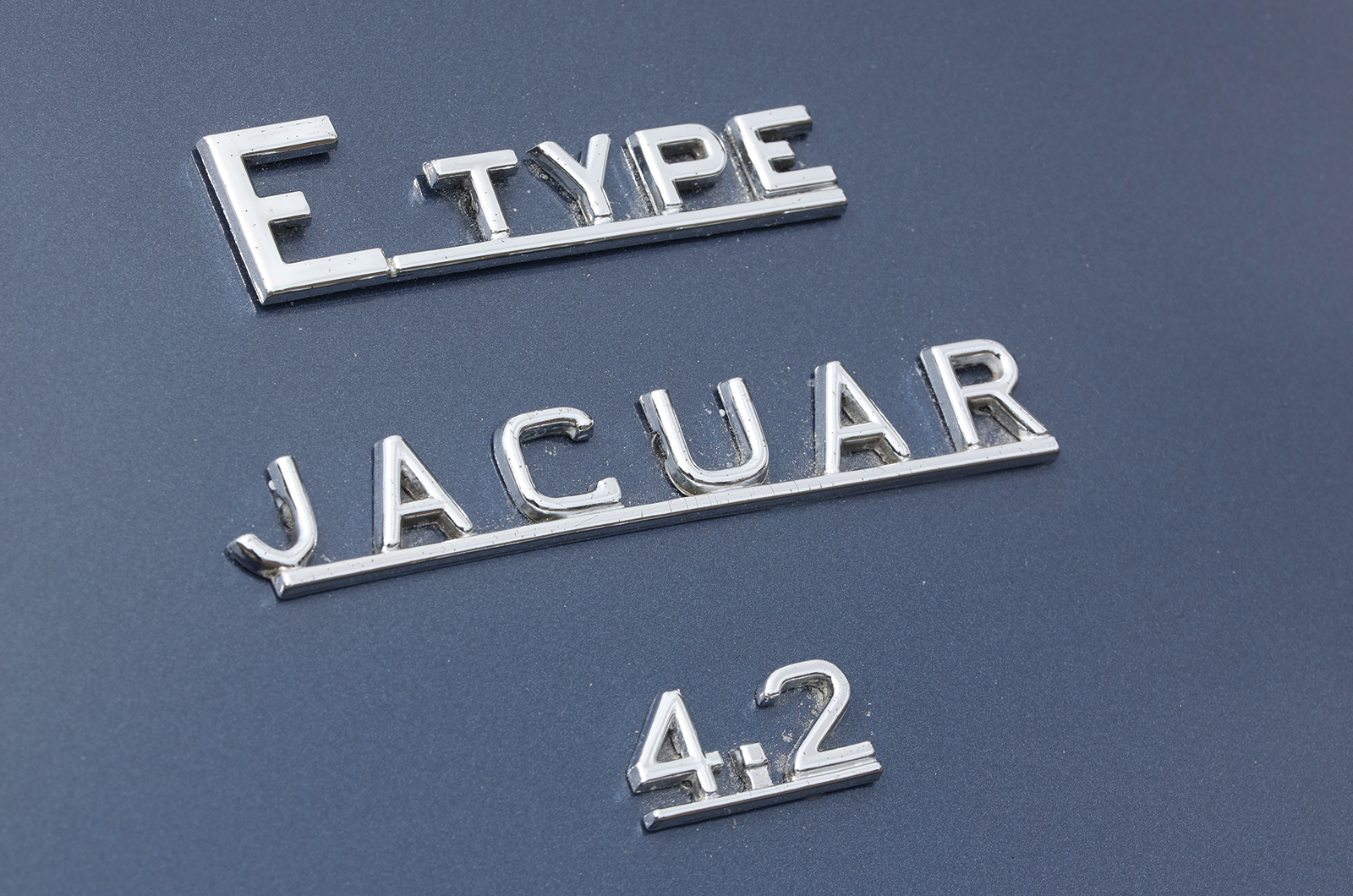
Classic car enthusiast and ex-McLaren engineer Steve Bunn bought this Series 1 Jaguar E-type 4.2 in 2001
That was back in the day when F1 spanner men were jacks of all trades who could tackle everything and a team of only six looked after two cars.
Steve Bunn bought the S1 4.2 as a driver-quality car in 2001 – and then quickly found that it wasn’t as nice as he’d thought, especially under the skin: “The sills were in two pieces, for example, and it was metallic black, which Jaguar never offered.”
When he sold his business in 2006 and retired, the E-type went into storage: “But I knew that I was going to have to restore it.”

This restored Jaguar E-type’s red-leather interior was was made by MCT Jaguar Restorations

